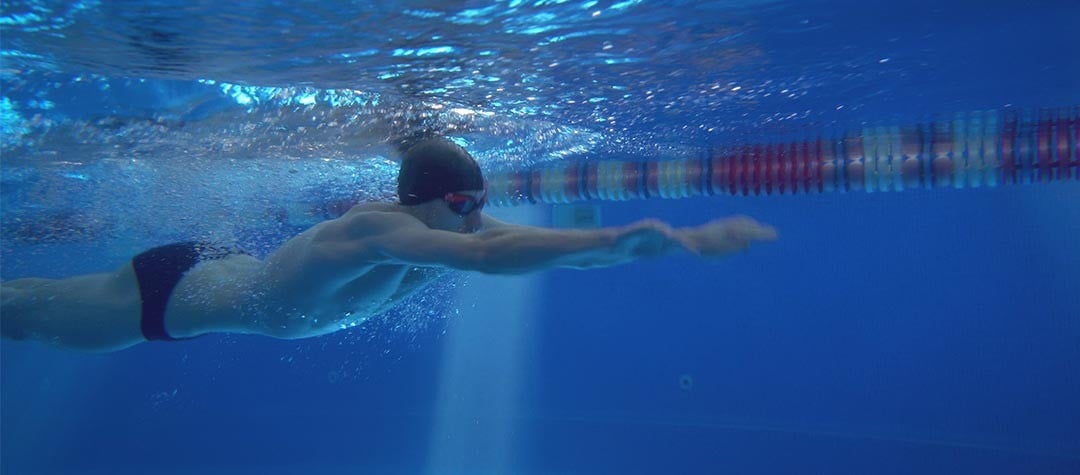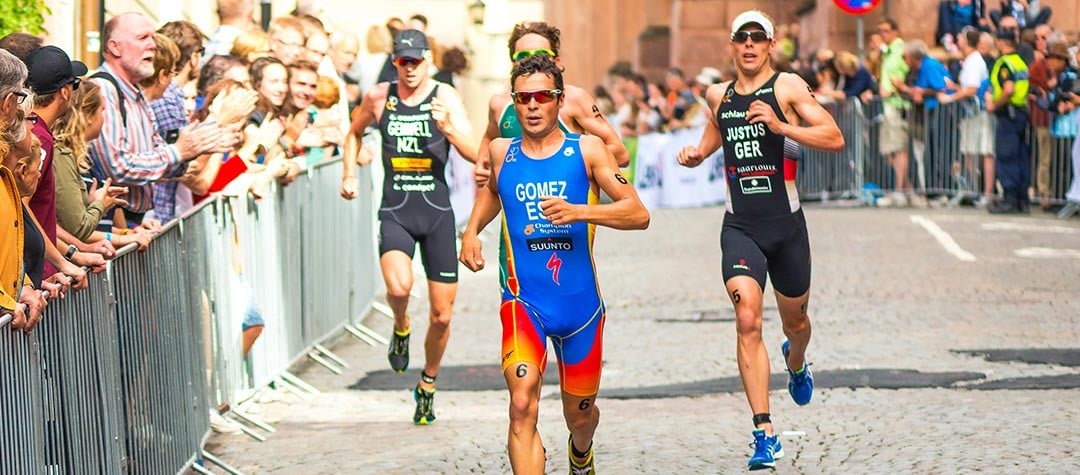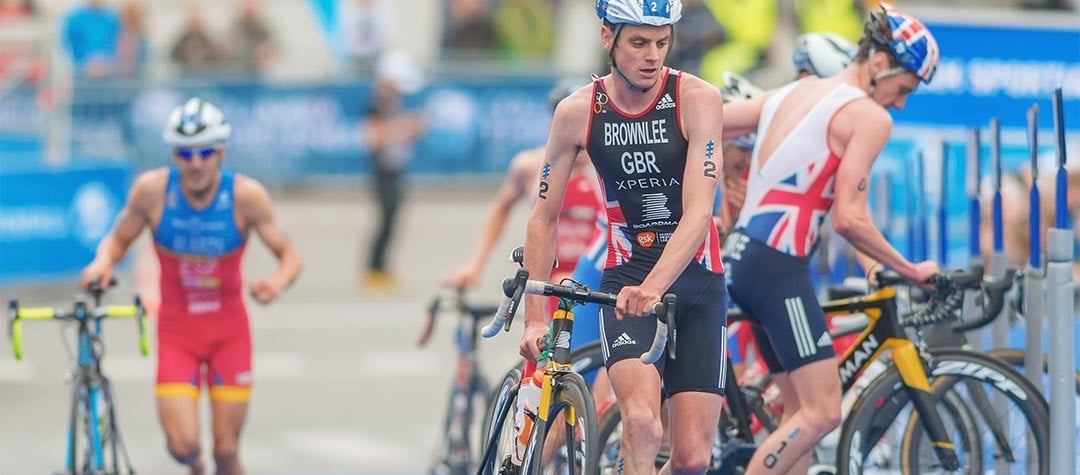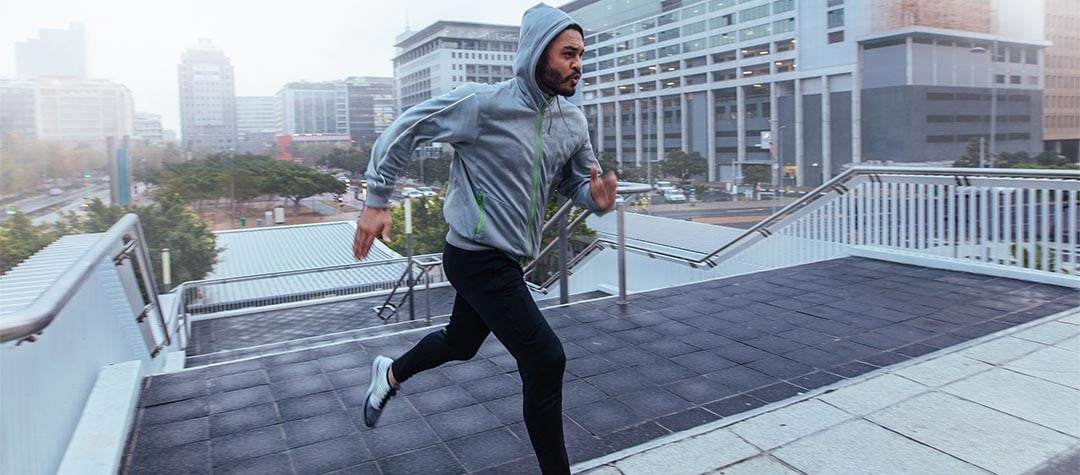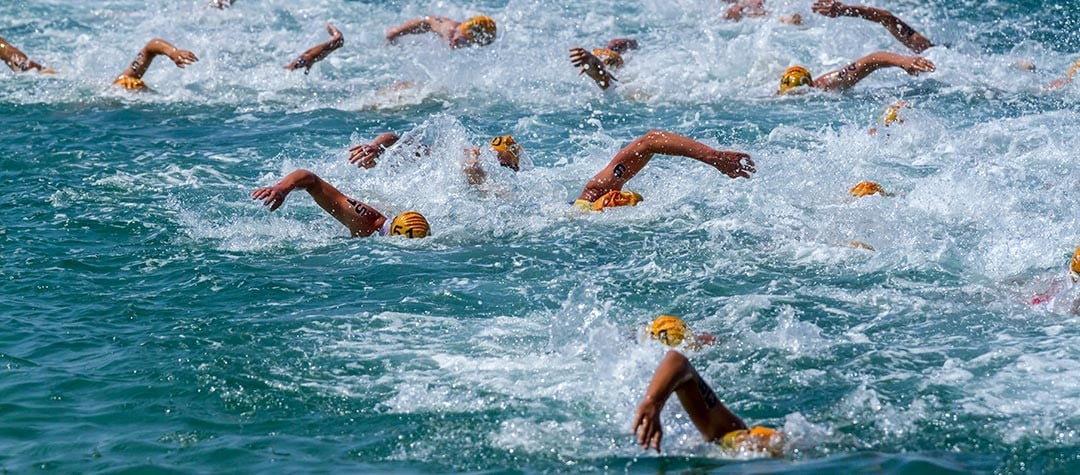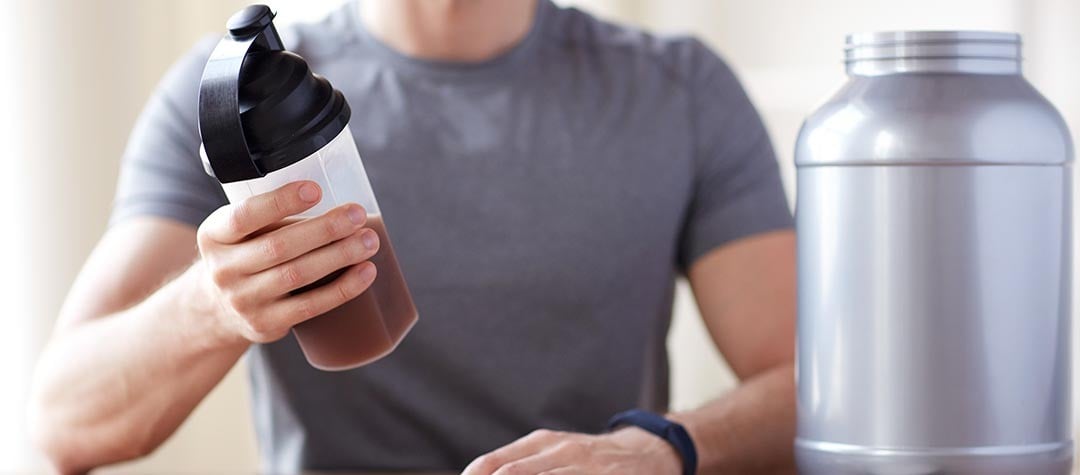Struggling to fit in your triathlon training? Find out how you can get the most out of your time limited sessions to get maximum results.
Many people are scared away from triathlon thinking that they’re time poor after their work and family commitments and worried they won’t be able to do themselves justice during the race or sometimes even get round the course. I know many people who have got round an Ironman Triathlon who have had on average 6hrs a week to train. Most people have around 8-10hrs a week to train.
Obviously the best case scenario is that you have the whole day to train and nothing else to do other then put your feet up and recover afterwards but this is rarely the case! So what sessions can we do that provide the most bang for their buck. Minimum training time with maximum results!
Swim technique
Unfortunately almost all the sessions that give you the most bang for your buck are the hardest and most uncomfortable sessions. However one thing you can do that will get you faster with less effort is technique work, especially for swimming.
Technique in swimming is crucially important as water is almost 800 times denser than air. The effectiveness of your catch and pull in the water, using your legs effectively as another method of propulsion, and how hydrodynamic you can make your body will improve you much faster then smashing up and down with useless technique. So seek out some advice on how to swim properly from your local club perhaps and practice as frequently as you can before bringing in the big sessions.
Easy sessions only for recovery
Comfort zone training is always a nice part of your preparation. Easy jogs through the countryside and steady club rides on a Saturday morning. They’ll help build your fitness that’s for sure, but the sessions that really get you better are the serious structured sessions that are just torturous to complete at that moment but will always improve you the most.
I’d suggest if you’re time poor then the only easy training you do is for recovery from the big sessions you recently completed. You just have to be careful that you’re not about to injure yourself so use the winter to build up the tolerance and get used to the movement and don’t push through too much muscle pain.
Run-Bike-Run sessions
I’m a bit fan of Run-Bike-Run sessions for the athletes that I coach. Take an easy 30-40 mins very easy run first up. Straight out on your bike for a basic 2hr ride using the terrain to judge the effort and once that is finished your second 30-40 mins run this time with a session such as 15 mins fast, 5 mins easy, 10 mins fast, 5 mins easy, 5 mins fast and finally a 5 mins warm down.
It goes quickly so it’s easy for your head to manage. You completed your weekly long run, got in a solid ride and you also managed to do some race pace running. It’s perfect for your fitness.
Max power sessions
Maximum power work is also a great way to make quick improvements with limited time as the sessions are generally short. When you go full gas you will increase your VO2 max and the fast pace you’re running at will also over time improve your technique and biomechanics. You’ll be running more effectively and the effort of the session will also pull up all thresholds beneath it, making you fitter and more conditioned.
An example of the sessions I suggest for this are 3-5 x 1k on the track (running as fast as possible) with long rest of around 4 mins. On the bike I also find effective 6 x 3mins (as hard as you can go) with 3 mins rest. The high power you produce here will make everything else feel like a doddle! On the bike I’d also suggest you do all this in your time trial (TT) position so you’re working the muscles you need during a race.
Short rest 100s
Swimming can also be very time consuming sport. Especially once you factor in travelling to a pool and getting changed so once you’re in there make the session count!
One session that works really well for triathlon is short rest 100s and it’s probably one of the most common sets. It’s a great way to get a decent threshold set done and really works your conditioning as you get hardly any rest.
It also means the set is completed quickly so you’re not wasting any precious time. I’d suggest taking not more then 10 seconds per 100m rest and ideally closer to around 5 seconds so you’re getting not a lot of rest before you leave on the next rep.
This is a popular set I like to set my athletes, please adjust the turn around times to your ability, normally it doesn’t really require a long warm up :
1 x 100m off 1:30
1 x 100m off 1:25
1 x 100m off 1:20
2 x 100m off 1:30
2 x 100m off 1:25
2 x 100m off 1:30
3 x 100m off 1:30
3 x 100m off 1:25
3 x 100m off 1:20

